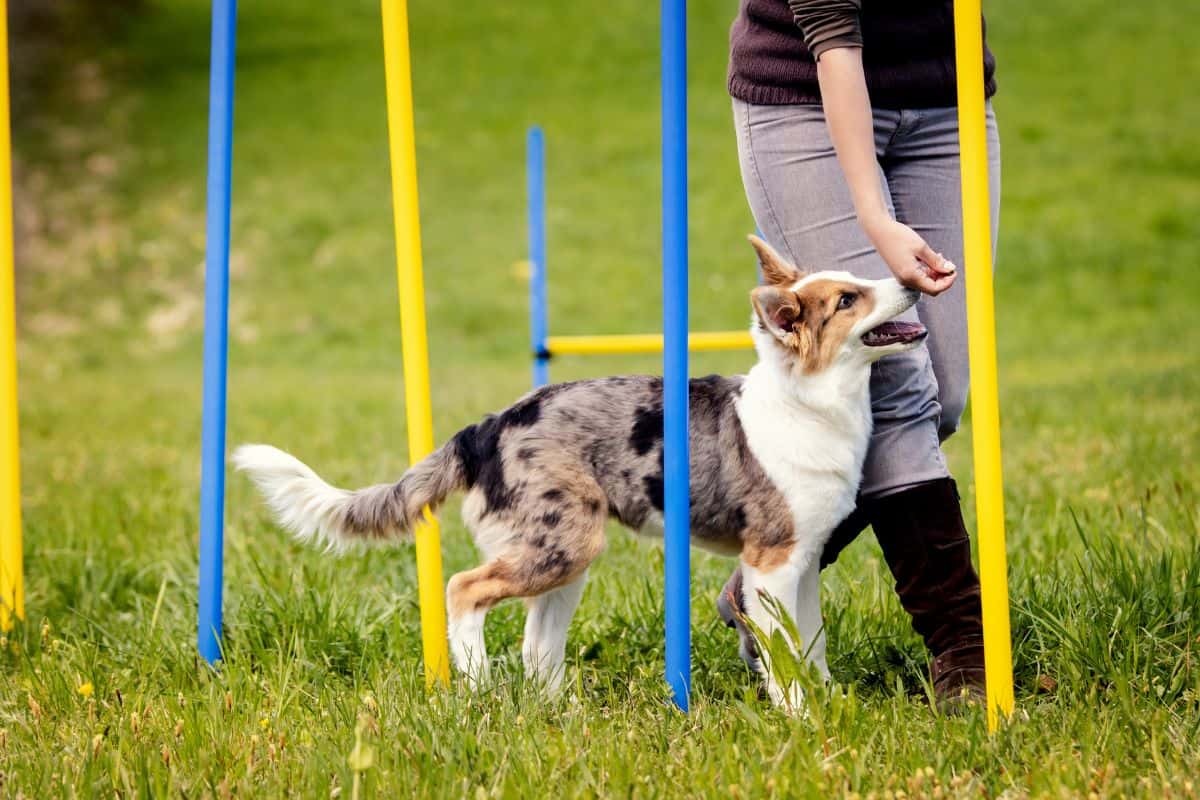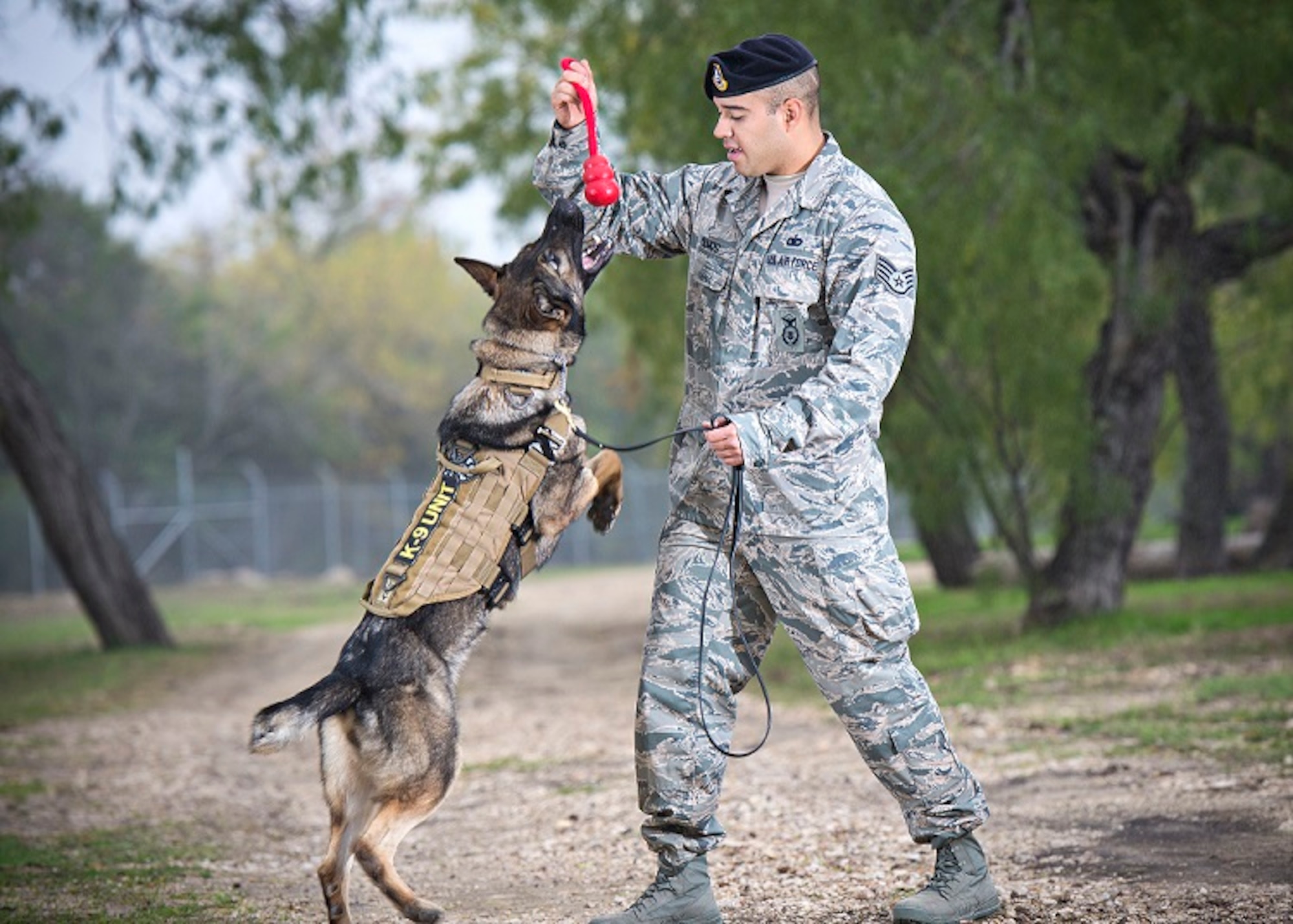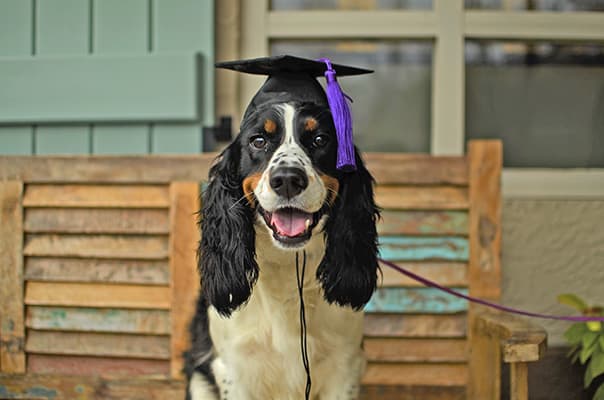Top Pet Dog Training Strategies Every Owner Need To Know

Favorable Reinforcement Methods
Utilizing favorable reinforcement techniques is important for effective pet training, as it cultivates a relying on bond in between the fitness instructor and the canine. This method concentrates on fulfilling preferable behaviors instead of punishing undesirable ones, developing an atmosphere favorable to learning. Incentives can consist of treats, praise, or playtime, which motivate dogs to duplicate the behaviors that earn them these rewards.

Furthermore, this strategy improves the canine's enthusiasm for training sessions. When pets associate training with positive experiences, they are more involved and responsive. Past instant therapy, positive support urges a collective connection in between the canine and fitness instructor, lowering anxiousness and fear
To make best use of effectiveness, it is critical to deliver rewards promptly, ensuring the pet dog attaches the actions with the support. Essentially, favorable reinforcement strategies not just yield better-trained pet dogs however likewise promote a harmonious partnership between dog and proprietor.
Clicker Training Method
The clicker training method is a highly efficient method that builds on the concepts of positive support by including a distinct noise to mark wanted behaviors. This method uses a little handheld device that produces a clicking audio, permitting trainers to interact with their canines in a instant and clear manner. When a pet performs a behavior that the owner wishes to urge, the clicker is activated, adhered to by an incentive, commonly in the kind of treats or appreciation.
The secret to successful clicker training exists in consistency and timing. It is crucial to click at the precise minute the desired actions happens, making sure that the pet dog associates the audio with the activity and the succeeding benefit. This method not just improves communication yet likewise cultivates a more powerful bond between the canine and the owner, as it encourages involvement and interaction during training sessions.
Remote control training can be used to a range of actions and commands, from basic obedience to extra complex methods. Its convenience and effectiveness make it a favored method amongst expert fitness instructors and pet proprietors alike, leading the way for a well-trained and receptive canine companion.
Chain Training Basics
Effective chain training is vital for ensuring a risk-free and satisfying strolling experience for both pets and their proprietors. Dog training. Leash training must start early and be come close to with persistence and uniformity. Beginning by choosing an appropriate chain and collar or harness. A level collar may help some canines, while others may gain from a harness that lowers pulling.
Present your dog to the chain progressively, permitting them to explore it in a comfortable environment. Once they are accustomed, practice loose-leash walking. This includes gratifying your pet dog for strolling beside you instead of drawing in advance. Use treats and praise to reinforce preferred habits, and make certain to stay calm and assertive.
If your dog starts to pull, stop strolling instantly. Wait until they go back to your side before resuming. This teaches them that drawing does not bring about proceed. Additionally, practice different walking atmospheres to assist your dog adapt to interruptions.
Normal method will strengthen your canine's understanding of chain rules. Bear in mind that chain training is an ongoing process; patience and consistency will certainly produce the finest results, cultivating a favorable experience for both you and your canine companion.
Socializing Techniques
Socializing is a vital facet of canine training that must ideally start throughout puppyhood however can be useful at any type of age. Reliable socialization helps pets establish confidence and lowers the probability of behavioral problems. To execute effective socializing techniques, subject your pet to a variety of atmospheres, individuals, and other animals.
Start with controlled setups, such as puppy courses or organized playgroups, where young pet dogs can communicate securely. Gradually introduce your pet to new experiences, including various sounds, surfaces, and activities. Make certain these encounters are positive and fulfilling to develop a complacency.
For adult canines or those doing not have direct exposure, start with low-stress scenarios. Short, positive communications with friendly people and calm pets can create favorable organizations. Make use of deals with and praise to strengthen preferable behaviors during these experiences.

Consistency and Patience
Recognizing the relevance of consistency and perseverance in canine training is essential for attaining long-term results. Inconsistent training can lead to complication, making it challenging for the pet to understand commands or behaviors, inevitably preventing progression.
Moreover, persistence is a vital part of effective training. Canines, like human beings, discover at their very own rate. Some may understand principles promptly, while others may take much longer. It is vital for owners to stay calm and helpful, enhancing favorable actions without resorting to disappointment or penalty. This fosters a trusting connection between the pet dog and proprietor, motivating a more ready and passionate student.
To grow uniformity and persistence, establish a regular training routine, utilize the exact important site same commands, and make sure that all family participants use the very same training concepts - Dog training. By doing so, you create a stable environment conducive to finding out, permitting your pet to create and prosper into a mannerly friend
Conclusion
Finally, reliable canine training techniques, such as favorable support, clicker training, and proper chain training, are necessary for promoting a healthy owner-dog partnership. Furthermore, carrying out socializing techniques and maintaining uniformity and patience throughout the training procedure contributes substantially to a canine's total wellness. By integrating these techniques, pet dog proprietors can help with the advancement of well-adjusted, loyal pet dogs, inevitably improving the lifestyle continue reading this for both the owner and the pet dog.
Among the most famous approaches are positive support, remote control training, and leash training, each offering one-of-a-kind advantages that contribute to a mannerly dog. As we check out these basic methods, it comes to be obvious that mastering their subtleties can substantially impact the training experience and the canine's total behavior.Making use of favorable support techniques is important for efficient pet training, as it promotes a relying on bond between the instructor and the dog.In final thought, effective canine training methods, such as favorable support, clicker training, and proper chain training, are important for promoting a healthy and balanced owner-dog relationship. By integrating these techniques, pet dog try these out owners can promote the advancement of well-adjusted, loyal pet dogs, inevitably improving the high quality of life for both the canine and the proprietor.
Comments on “Dog Training for First-Time Pet Owners: What You Need to Know”